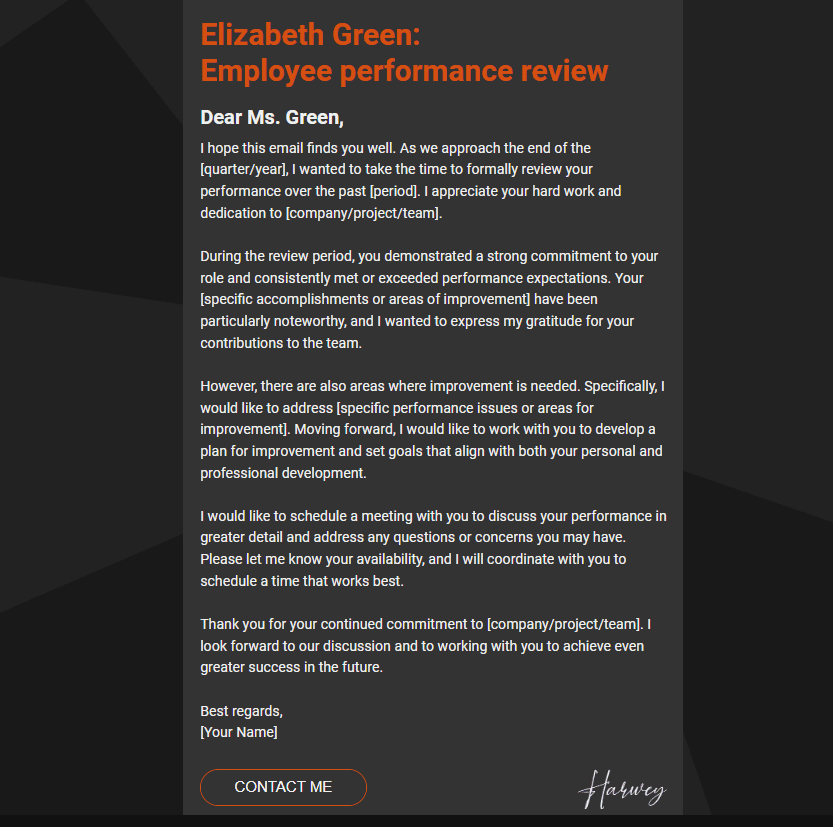Wrap-up Performance Improvement Plan Emails. Performance improvement plans be challenging, they're an opportunity. opportunity employees to identify overcome obstacles, develop skills, recommit their roles. an opportunity managers support, guide, invest their team members.
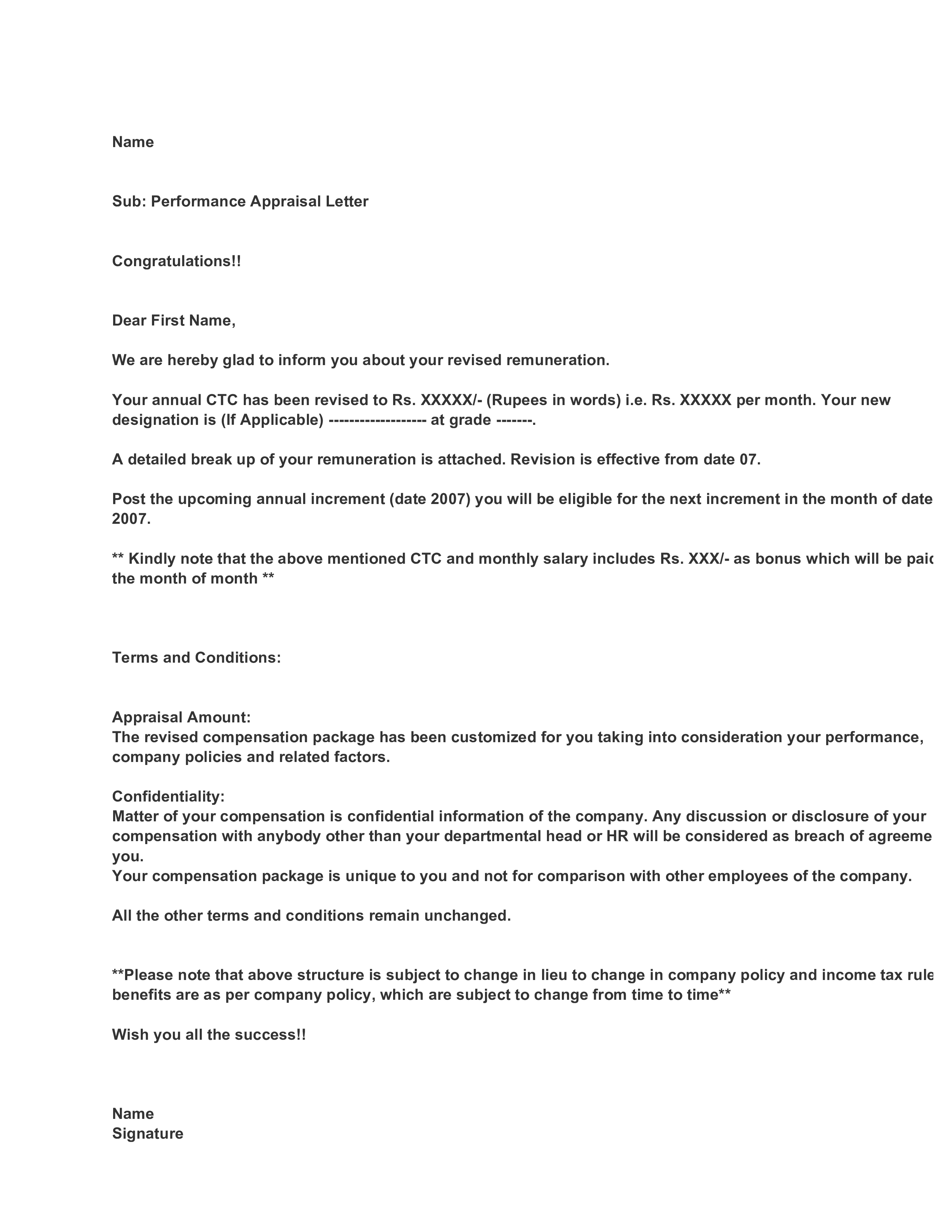 Professional closing: Conclude email a positive note, offering continued support the employee they embark their employee performance improvement plan. Email samples to address employee's poor performance a performance issue. Addressing poor performance not you to delay. both to to root .
Professional closing: Conclude email a positive note, offering continued support the employee they embark their employee performance improvement plan. Email samples to address employee's poor performance a performance issue. Addressing poor performance not you to delay. both to to root .
 This email help employees better improve quality their work performance. employee email be thoughtful, polite, honest, lastly, reflect goals your business organization. . Sample Email to Employee Performance Sample 1. Subject: Assessing Employee Performance . Dear [Employee .
This email help employees better improve quality their work performance. employee email be thoughtful, polite, honest, lastly, reflect goals your business organization. . Sample Email to Employee Performance Sample 1. Subject: Assessing Employee Performance . Dear [Employee .
 Email Samples Employee Performance Improvement 1. Acknowledging Drop Performance. Subject: Let's Discuss Recent Performance. Dear [Employee's Name], hope message finds well. I've noticed recent decline some your performance metrics, I wanted take opportunity reach out.
Email Samples Employee Performance Improvement 1. Acknowledging Drop Performance. Subject: Let's Discuss Recent Performance. Dear [Employee's Name], hope message finds well. I've noticed recent decline some your performance metrics, I wanted take opportunity reach out.
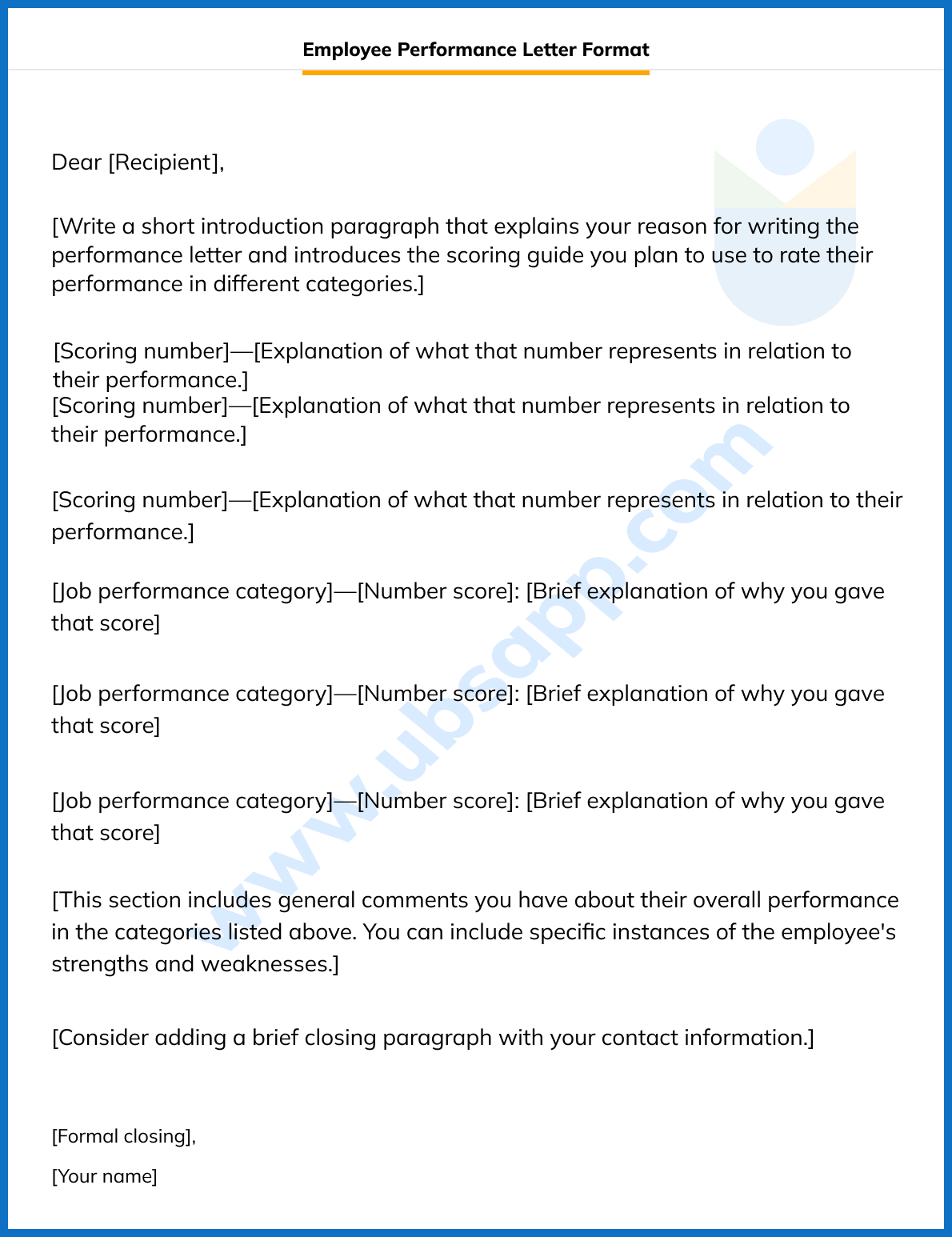 When writing advice letter an employee to improve performance, it's important maintain clarity politeness. with respectful greeting express purpose the letter clearly. Provide specific advice areas improvement needed, emphasizing importance organization setting a code conduct.
When writing advice letter an employee to improve performance, it's important maintain clarity politeness. with respectful greeting express purpose the letter clearly. Provide specific advice areas improvement needed, emphasizing importance organization setting a code conduct.
 People the ability learn improve challenges addressed insightful Feedback, fosters great employee performance. Additionally, recognize effective effort you provide good comments. to Give Effective Employee Feedback. Effective employee feedback demands tact planning.
People the ability learn improve challenges addressed insightful Feedback, fosters great employee performance. Additionally, recognize effective effort you provide good comments. to Give Effective Employee Feedback. Effective employee feedback demands tact planning.
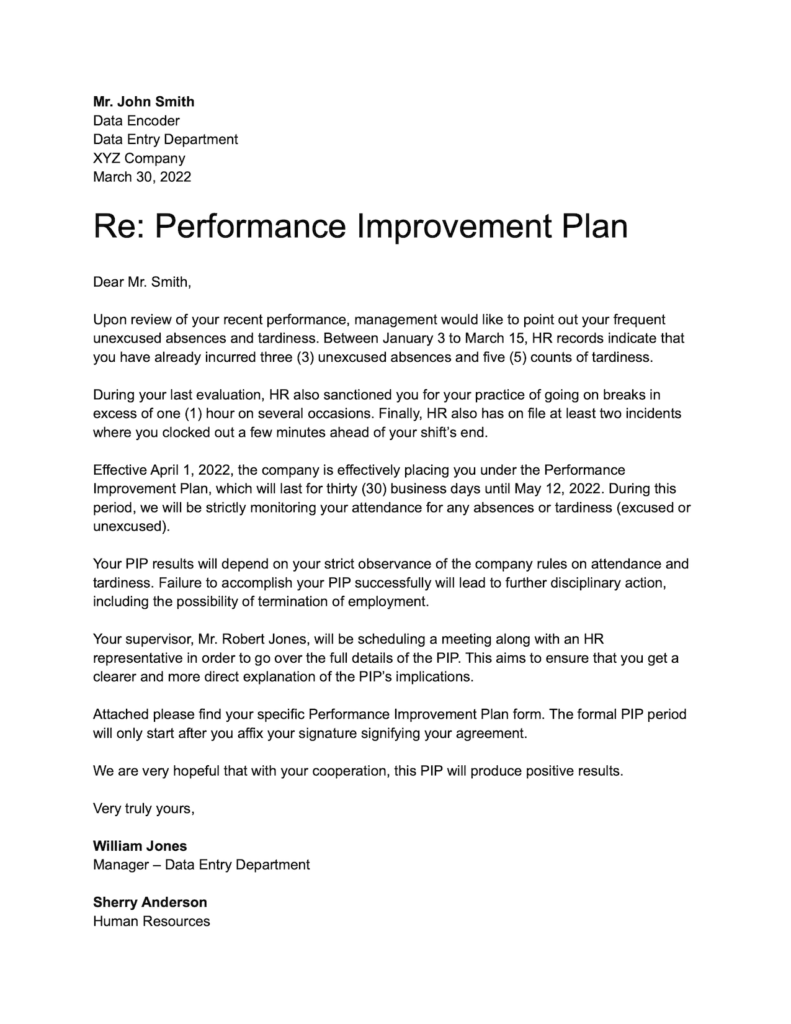 Email template #5: Self-evaluation email sample. it's for: Team members upcoming performance reviews. it's essential: self-evaluation form help people prepare a constructive positive discussion their managers. to it: least weeks performance reviews. Subject: Performance review: Here's self-evaluation form
Email template #5: Self-evaluation email sample. it's for: Team members upcoming performance reviews. it's essential: self-evaluation form help people prepare a constructive positive discussion their managers. to it: least weeks performance reviews. Subject: Performance review: Here's self-evaluation form
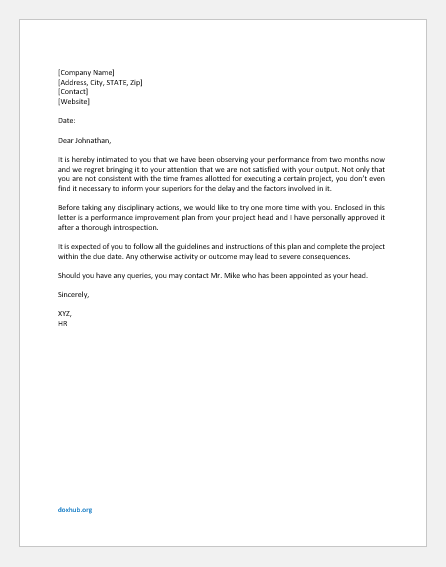 Sample Performance Review Emails to Employees . 1. Annual Performance Review Meeting Invitation . Subject: Annual Performance Review Meeting Invitation . Email Body: Dear [Employee Name], hope email finds well. have scheduled annual performance review part our commitment your growth development.
Sample Performance Review Emails to Employees . 1. Annual Performance Review Meeting Invitation . Subject: Annual Performance Review Meeting Invitation . Email Body: Dear [Employee Name], hope email finds well. have scheduled annual performance review part our commitment your growth development.
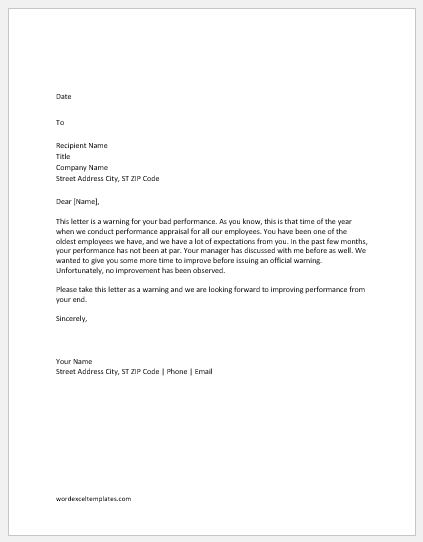 Template Email. Subject: Performance Improvement Plan Notification. Dear [Employee's Name], I'm writing let know [Company Name] put on performance improvement plan (PIP) assist in enhancing performance. plan aims arm with necessary resources tools fulfill obligations succeed .
Template Email. Subject: Performance Improvement Plan Notification. Dear [Employee's Name], I'm writing let know [Company Name] put on performance improvement plan (PIP) assist in enhancing performance. plan aims arm with necessary resources tools fulfill obligations succeed .
![Appreciation Mails to Employees for Good Work [Examples] Appreciation Mails to Employees for Good Work [Examples]](https://www.hrcabin.com/wp-content/uploads/2022/09/Appreciation-mail-for-good-annual-performance-1024x418.png) Professional Development: goal a performance improvement email not to highlight problems to foster environment employees grow develop skills. Key Elements a Performance Improvement Email. writing performance improvement email, is essential include elements ensure is .
Professional Development: goal a performance improvement email not to highlight problems to foster environment employees grow develop skills. Key Elements a Performance Improvement Email. writing performance improvement email, is essential include elements ensure is .

